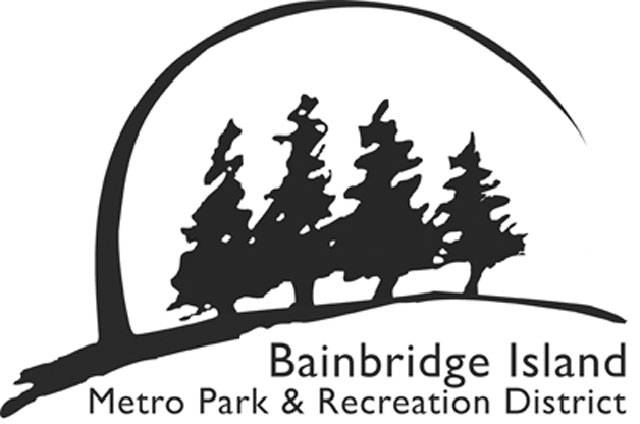Bainbridge’s miniature steam train attraction is chugging along toward finding a home at Sakai Park.
While project organizers have not gained full approval to house the train on the undeveloped parkland just yet, it was unanimously given the ticket to go full-steam-ahead with a feasibility study.
That analysis will focus on locating the train and quarter-mile long tracks at Sakai.
Organizers for the project say that they have received very little resistance to the tyke-toting train from members of the public.
During a presentation for the project at a recent Bainbridge parks board meeting, Tom McCloskey, one of the organizers, said he had received overwhelmingly supportive feedback from community members.
In fact, the only voice of dissension McCloskey was aware of was the one raised by an audience member at the meeting.
“Everybody I have talked to, up to this lady,” McCloskey said, “has been wildly enthusiastic about this.”
The lone note of recent concern came from Edith Hartmann, an attendee at the last park board meeting who questioned the possible location of the attraction at Sakai Park.
“It’s a virgin park,” Hartmann said.
“It has no imprint, it has no beginning and end in terms of what will happen there,” she continued.
“I would be feeling very concerned that such a placement of such a project would indeed make a big difference at Sakai,” Hartmann said. “To plunk down a railroad would leave an imprint.”
Hartmann also raised staffing, maintenance and liability concerns for the miniature steam-powered train, while simultaneously admitting that the project would also likely be a hit among children and visitors.
“This is the kind of activity that would certainly draw crowds in June, July and August. Our day-trippers would love it, our kids who live on the island would love it. Somebody’s got to assume liability for any injuries that happen. Somebody has to maintain things; somebody has to be there to operate it,” Hartmann said.
Terry Lande, executive director of the parks district, assured Hartmann that liability would not be an issue as the park district’s insurance provider had already been made aware of the attraction.
“We’ve talked to our insurance company and our insurance company has approved it as a recreation program for us to run,” Lande said.
“As far as the location goes,” Lande added, “the group did spend a lot of time on that. Right now we’re in the process of doing site planning; what can fit in what area.”
Organizers have also been discussing the formation of volunteer group to operate the train, and the effort would be financed by donations.
Lande also said that the railroad would draw crowds to the new park long before any new structures could be built and that the modular design of the tracks would make the project portable and relatively easy to move if the space is needed for something else later on.
“This railroad doesn’t preclude anything happening. What it does is it gets activity going there; a year, two years, three years, four years earlier than possibly a structure,” Lande said.
“If something was built that knocked the railroad out of that location, then it’s portable enough that we could move it to another location,” he said.
“It doesn’t stop us from doing anything,” Lande said.
Commissioner Lee Cross acknowledged at the meeting that she, too, shared Hartmann’s concerns.
“I have many of the same concerns you have,” Cross said.
“The thing that sways me is that this would be temporary,” she added.
“The fact that it is so portable and the fact that it can be taken up and the area where it’s located could be restored with minimal impact on the actual site makes me think it is something that may be worth trying,” Cross said.
Commissioner Tom Swolgaard echoed Cross’ sentiments.
“I don’t know either, if it’s the right spot, but maybe it’s worth trying,” Swolgaard said. “Like Lee said, if it’s not popular, if it doesn’t work, we fold it up and it goes away.”
The feasibility study will determine the costs of installation, including grading and gravel.
The study will also examine where installation funds will come from, as well as projected operational costs for daily use and projected revenues from users.
Once concluded, the feasibility study will also provide the park board with a conceptual drawing of where the tracks and train would be placed at Sakai Park.



